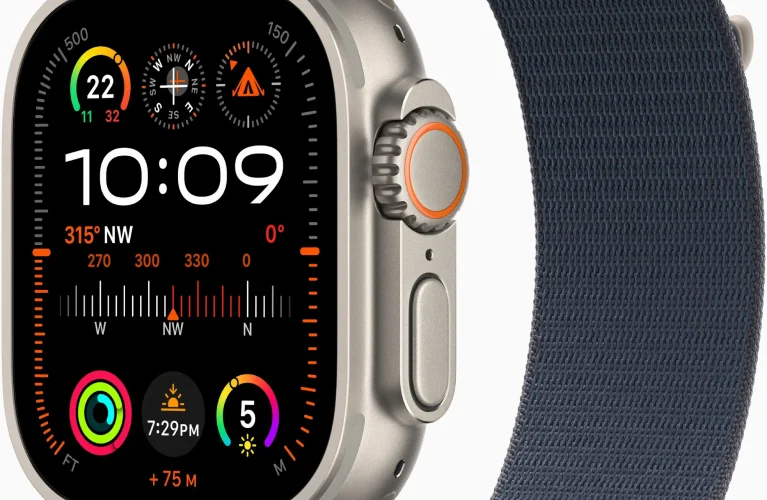
The Rise of LED Screens and LED Displays: Transforming Visual Communication
In today’s fast-paced world, visual communication has become more important than ever. From advertising campaigns to live events, businesses and organizations constantly seek innovative ways to engage their audiences. One technology that has revolutionized this space is the LED screen and LED display. These modern display solutions have not only redefined how we consume content but also set new standards for brightness, clarity, and flexibility in visual media.
What is an LED Screen?
An LED screen is a type of digital display that uses light-emitting diodes (LEDs) as its primary source of illumination. Unlike traditional displays that rely on fluorescent or incandescent lighting, LED screens offer higher brightness, better contrast, and superior energy efficiency. This makes them ideal for both indoor and outdoor applications, ranging from stadiums and concert halls to retail stores and corporate offices.
The key advantage of LED screen lies in their ability to deliver vibrant colors and sharp images even in challenging lighting conditions. Whether it’s a sunny day outdoors or a dimly lit conference room, LED screens maintain consistent visibility, ensuring that the audience never misses a moment of the message being conveyed.
The Advantages of LED Displays
LED displays are not just visually impressive; they also offer practical benefits that make them a preferred choice for businesses and event organizers. Here are some of the main advantages:
High Brightness and Visibility: LED displays can achieve brightness levels far beyond conventional screens, making them readable in direct sunlight. This is particularly important for outdoor advertising and sports arenas where visibility is critical.
Energy Efficiency: LEDs consume less power compared to traditional lighting and display technologies. Over time, this translates into significant cost savings, especially for large-scale installations that operate for long hours.
Durability and Longevity: LED display are built to withstand harsh environments. With robust construction and longer lifespans, these displays offer reliable performance, reducing the need for frequent maintenance or replacement.
Flexibility and Scalability: Whether you need a small indoor display or a massive outdoor billboard, LED technology can be customized to fit the required size and shape. Modular designs allow for seamless expansion, making it easier to upgrade or modify the display as needed.
Interactive Capabilities: Many modern LED displays come with interactive features, allowing users to engage directly with the content. This opens new possibilities for experiential marketing, exhibitions, and educational settings.
Applications of LED Screens and LED Displays
The versatility of LED screens and LED displays has led to widespread adoption across various industries. Some notable applications include:
Advertising and Marketing: Businesses leverage LED screens to create dynamic and eye-catching advertisements. Digital billboards and retail displays help brands stand out in crowded urban environments.
Entertainment and Events: Concerts, theater productions, and sports events frequently use LED screens for live video feeds, graphics, and immersive visual effects, enhancing the audience experience.
Corporate and Education: LED displays are increasingly used in conference rooms, auditoriums, and classrooms to present information clearly and effectively, promoting engagement and knowledge retention.
Transportation and Public Information: Airports, train stations, and bus terminals utilize LED screens to provide real-time schedules, announcements, and emergency alerts, ensuring smooth operations and passenger safety.
Choosing the Right LED Display
Selecting the right LED display requires careful consideration of several factors. Pixel pitch, resolution, brightness, and viewing distance are key specifications that determine the performance and suitability of the display for a particular environment. For instance, a large outdoor billboard requires a wider pixel pitch for long-distance visibility, whereas an indoor conference room display needs higher resolution for close-up viewing.
Additionally, factors such as installation complexity, maintenance requirements, and budget also play a role in decision-making. Working with experienced LED display providers can help ensure the chosen solution aligns perfectly with the intended purpose and environment.
The Future of LED Screens
The future of LED screens and LED displays looks exceptionally bright. Advances in LED technology continue to improve color accuracy, energy efficiency, and display flexibility. Transparent LEDs, curved screens, and ultra-thin panels are just a few innovations reshaping the landscape of visual communication. Furthermore, integration with smart technologies and AI-driven content management systems allows for dynamic, data-driven displays that respond to audience behavior and environmental conditions in real-time.
As businesses and organizations increasingly prioritize engaging and immersive experiences, LED displays are poised to become an essential tool for communication, branding, and entertainment. Whether it’s a towering digital billboard in Times Square or a sleek LED screen in a modern office, this technology is transforming how we see and interact with information every day.
Conclusion
LED screens and LED displays have moved far beyond simple digital signage. They are now a cornerstone of modern visual communication, offering unmatched brightness, flexibility, and interactivity. With applications spanning advertising, entertainment, corporate settings, and public information systems, these displays continue to redefine the way we engage with content. As technology advances, the possibilities for creative and impactful visual experiences are virtually limitless. Embracing LED technology is not just about keeping up with trends—it’s about creating experiences that capture attention and leave a lasting impression.








